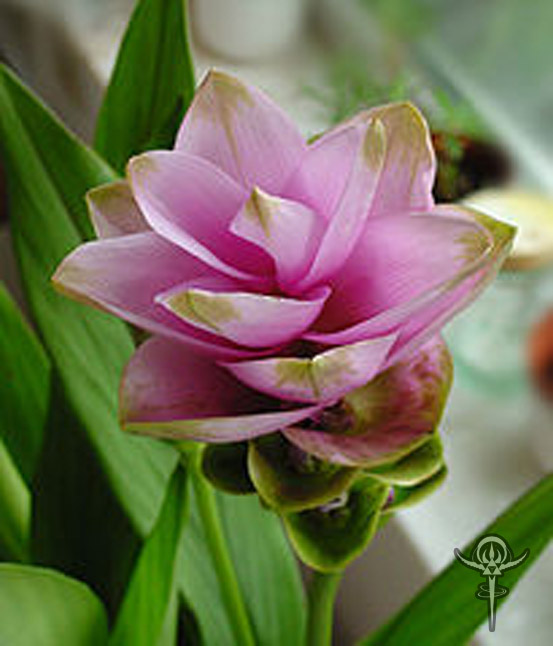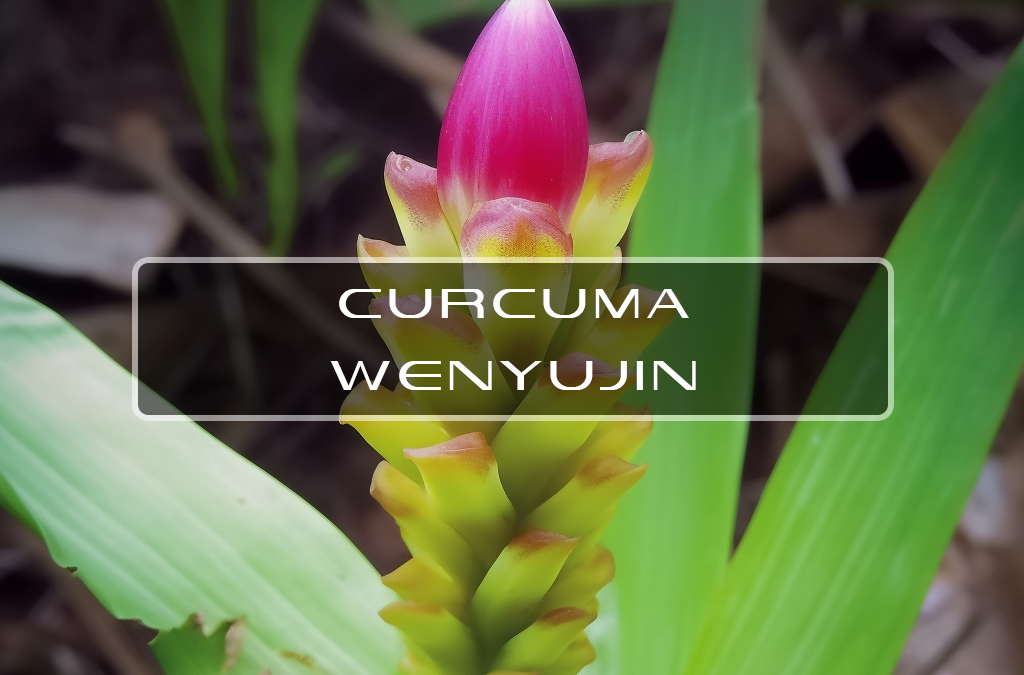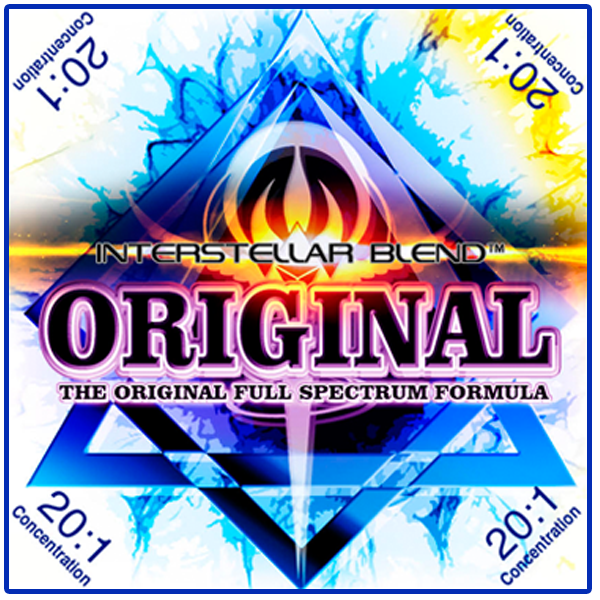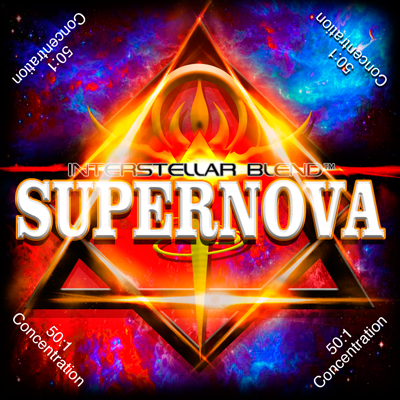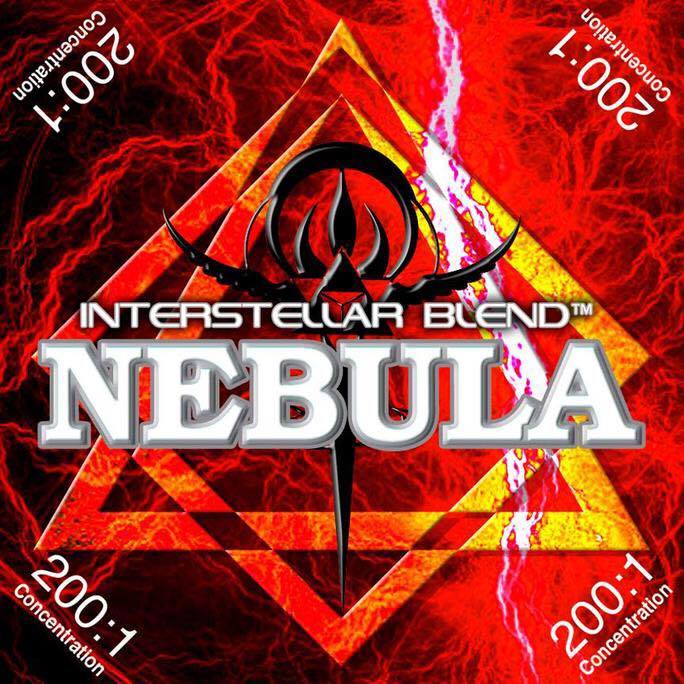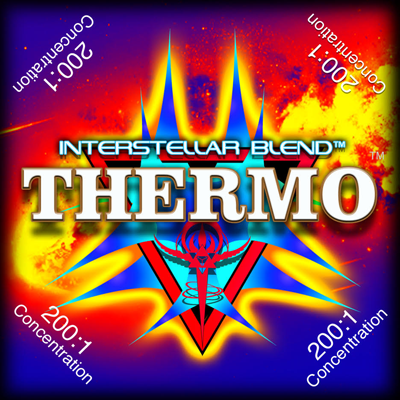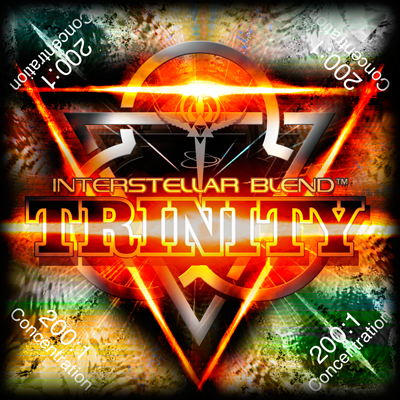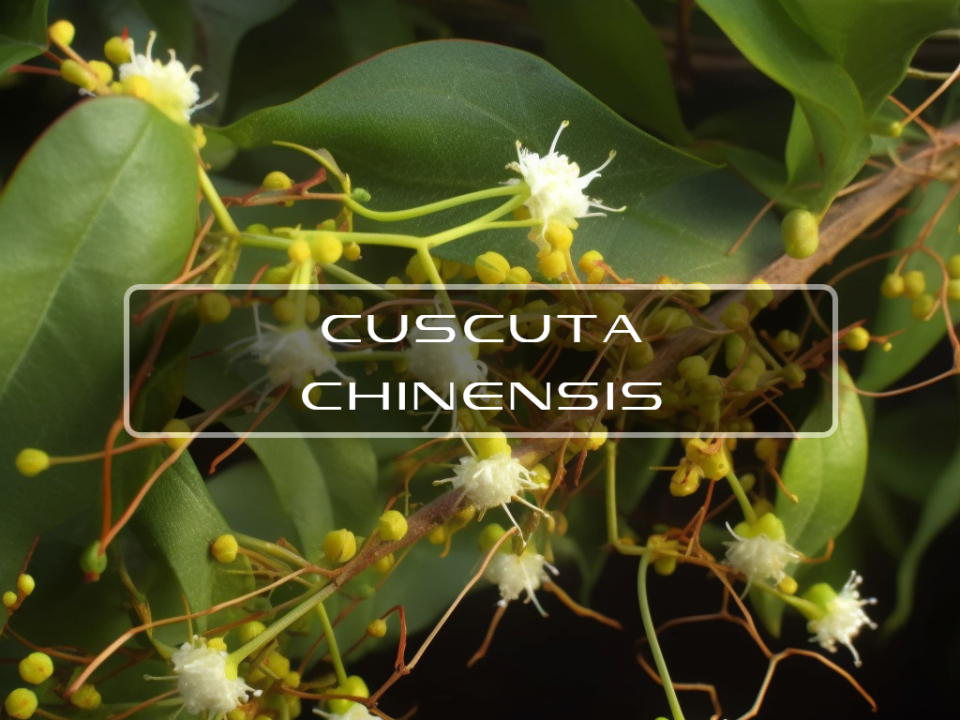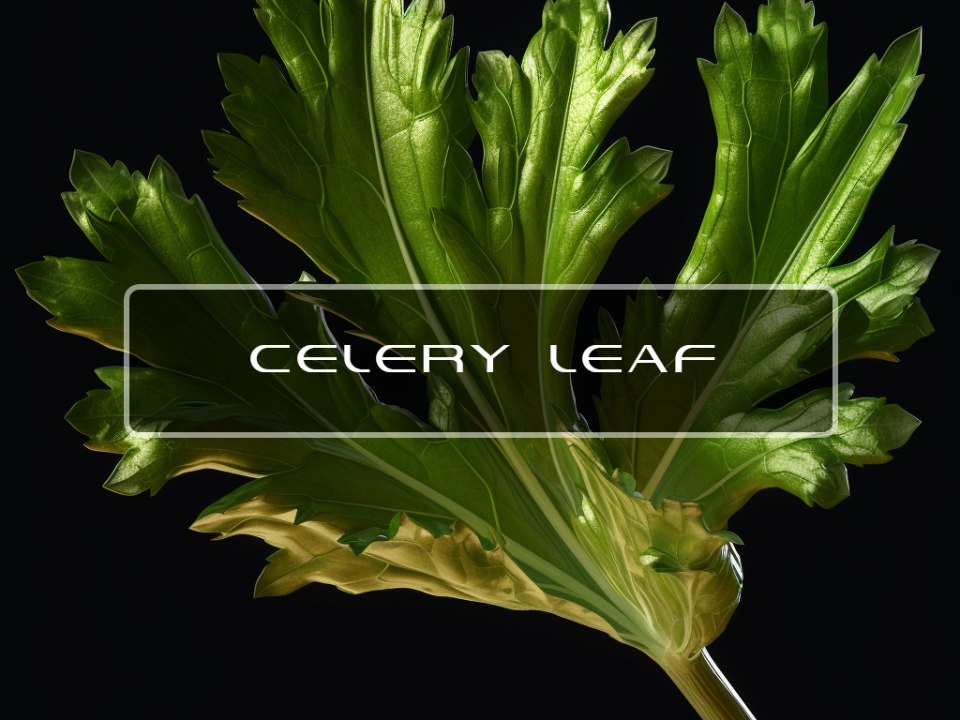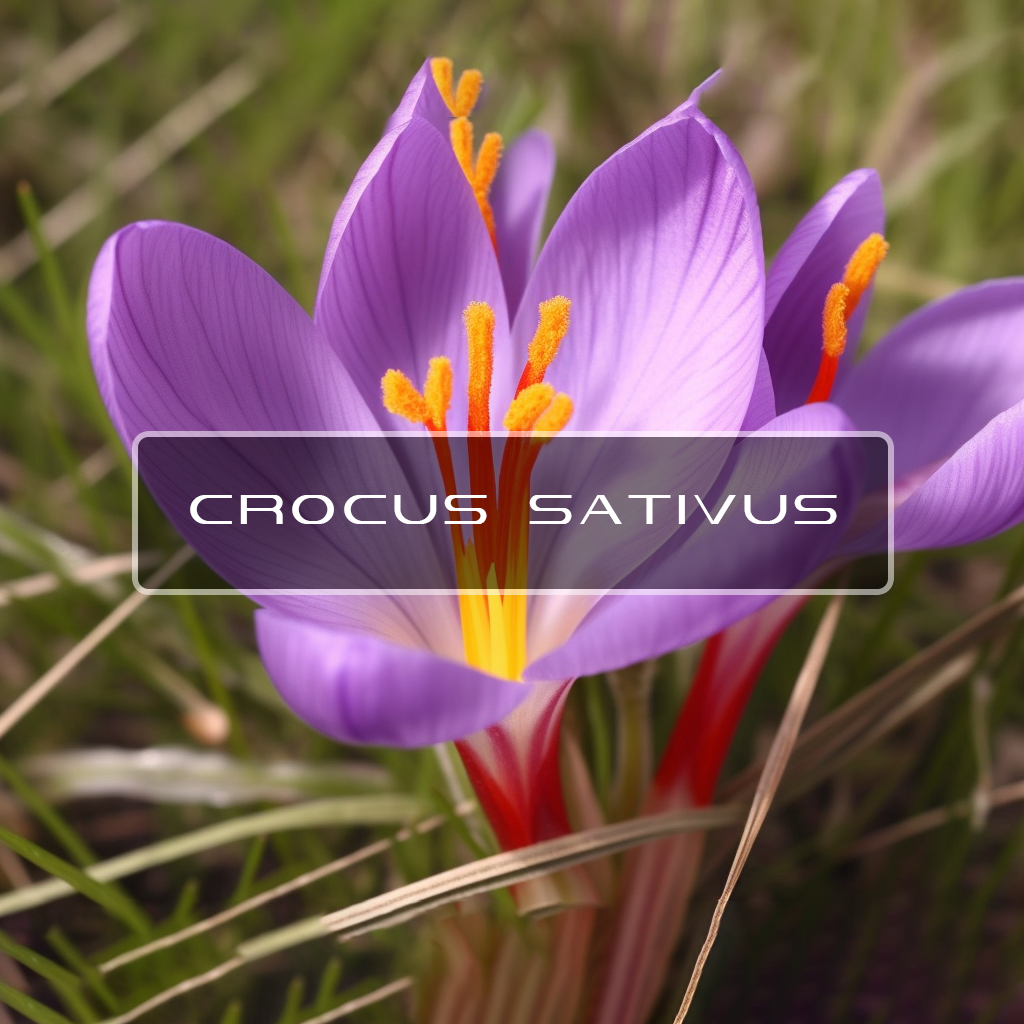
Crocus Sativus
September 8, 2018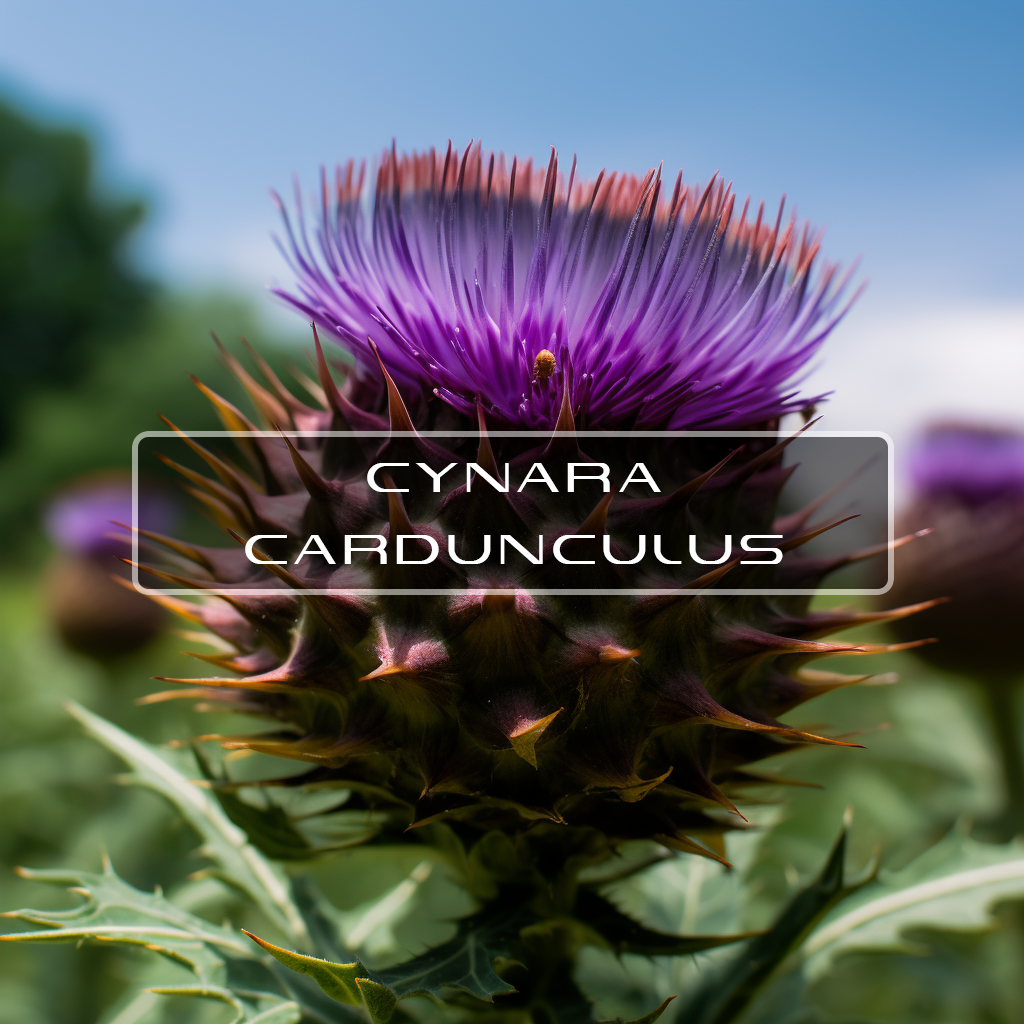
Cynara Cardunculus
September 8, 2018Curcuma Wenyujin
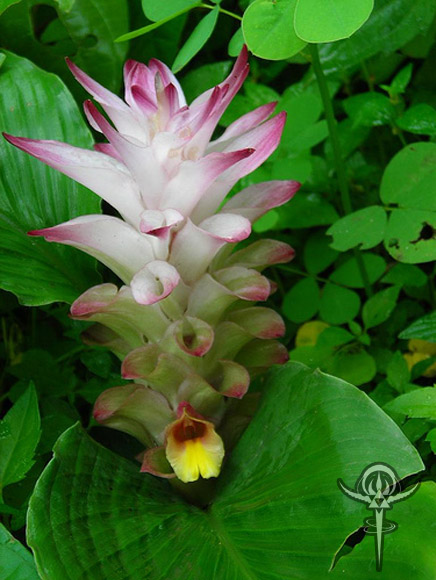
Within traditional chinese medicine it has been utilized as an anti-inflamatory and wound treatment herb. Until recently it has been discovered that it contains anti-cancer preventative properties and is a powerful antioxidant.It originates from India and Sri Lanka as well as Bangladesh.

Benefits of Curcuma Wenyujin
Our data suggests that furanodiene, an active component from the essential oil of Wen Ezhu, possesses efficacy against uterine cervical cancer.
The emergence of multidrug resistance (MDR) is a big challenge to cancer chemotherapy. Plant-derived agents have great potential to prevent onset or delay progression of the carcinogenic process, and enhance the efficacy of mainstream antitumor agents. In this study, fractionated extracts of Curcuma wenyujin and Chrysanthemum indicum were tested for their potential to modulate the MDR phenotype and function of P-gp in MCF-7/ADR and A549/Taxol cells in vitro.
These results showed the therapeutic value of the three fractions as potential MDR-reversing agents and warranted further investigations.
Apoptosis - In this study they investigated the effects of the essential oil of Curcuma wenyujin (CWO) on growth inhibition and on the induction of apoptosis in human HepG2 cancer cells.
CWO exhibits an antiproliferative effect in HepG2 cells by inducing apoptosis. This growth inhibition is associated with cell cycle arrest, cytochrome C translocation, caspase 3 activation, Poly-ADP-ribose polymerase (PARP) degradation, and loss of mitochondrial membrane potential. This process involves a mitochondria-caspase dependent apoptosis pathway. As apoptosis is an important anti-cancer therapeutic target, these results suggest a potential of CWO as a chemotherapeutic agent.
An essential oil extract, derived from the rhizome of Curcuma wenyujin (CWE), possesses antioxidative, antimicrobial, and anti-inflammatory properties. However, it remains unknown how exactly CWE inhibits tumor growth.
In this study, using human cervical cancer HeLa cells, the authors postulated that CWE has the ability to inhibit tumor growth. The study shows that CWE dose-dependently suppressed colony formation and inhibited the proliferation of HeLa cells through blockade of cell cycle progression at G1 phase and apoptosis.
CWE inhibited tumor growth of HeLa in a xenograft mouse tumor model, suggesting that CWE inhibited tumorigenesis by inhibiting cell proliferation and inducing apoptosis. These findings are the first to reveal the molecular basis for the anticervical cancer action of CWE. The results suggest that CWE could be developed as a drug for the management of cervical cancer.
Anti-Tumor - The present study determined the efficacy of extracts of Astragalus membranaceus (AM) and Curcuma wenyujin (CW), a traditional Chinese medicine herbal mixture, at different tumor stages of an orthotopic nude mouse model of human ovarian cancer expressing red fluorescent protein. The tumor-bearing mice were treated with cisplatinum (CDDP).
CDDP, AM, and its combination with CW-induced significant growth inhibition of Stage I tumors. Strong efficacy of the combination of AM and CW at high dose was observed. Monotherapy with CDDP, AM, CW, and the combination treatments did not significantly inhibit Stage II and III tumors. (Article)
Curcumolide may have therapeutic potential for treating inflammatory diseases by inhibiting NF-κB activation and pro-inflammatory mediator production.
In the next study we investigated the role of nuclear factor (NF)-kappaB pathway with p38MAPK in Curcuma wenyujin diterpenoid compound C (CDCC) fighting against inflammation and inducing gastric cancer cell apoptosis by stimulating gastric cell SGC7901 with tumor necrosis factor-alpha (TNF-alpha).
Results of Western blot indicated that expression levels of p38MAPK and p65 were reduced and the expression level of Caspase-3 was elevated along with increased concentrations of CDCC (P<0.05).Apoptosis executive protein Caspase 3 activated by regulating p65 via p38MAPK might be one of possible mechanisms for CDCC fighting against inflammation and gastric cancer.
AKT Signaling Pathways - The present study evaluated THC‑induced autophagy in A549 cells using various assays, including the Cell Counting Kit‑8, acridine orange staining, flow cytometry, reverse transcription‑quantitative polymerase chain reaction (RT‑qPCR), and western blot analysis of the markers of autophagy.
The study revealed the underlying mechanisms associated with THC‑induced autophagy. A promising method of enhancing the therapeutic efficacy of THC against NSCLC cells may include inducing autophagy via inhibition of the PI3K/Akt/mTOR signaling pathway.
